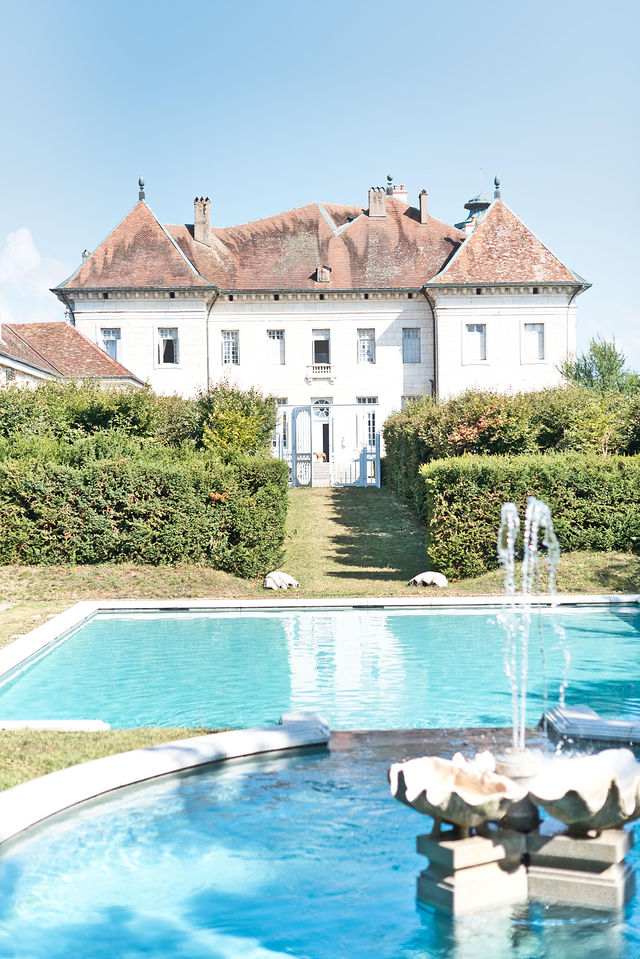Château d’Étrabonne: A Medieval Fortress in France
Visitor Information
Google Rating: 4.7
Popularity: Very Low
Google Maps: View on Google Maps
Official Website: chateaudetrabonne.com
Country: France
Civilization: Unclassified
Remains: Military
History
The Château d’Étrabonne is located in the municipality of Étrabonne, within modern-day France. It was initially established by the medieval Frankish nobility as a fortified residence and defensive stronghold.
The castle’s origins date back to around 1084, when Narduin d’Estrabonne, the son of Amaury I of Joux, constructed a wooden fortress on this site. This early fortification served as the seat of the Estrabonne family, who held the seigneurie under the lordship of Autrey. In the early 13th century, Eudes d’Estrabonne undertook a significant rebuilding, replacing the wooden structure with stone walls. During this period, a chapel was consecrated in 1140, dedicated to the Three Wise Men, reflecting the religious devotion typical of feudal lords.
The Estrabonne family maintained control of the estate until 1471. After the death of Jean VI d’Estrabonne without heirs, ownership passed by marriage to the Aumont family through Catherine d’Estrabonne’s union with Jacques I d’Aumont in 1456. In response to earlier assaults by the Grandes Compagnies—bands of mercenaries and brigands disrupting the region—Guillaume III d’Estrabonne reinforced and transformed the castle’s defenses in the mid-15th century. However, in 1477, following military campaigns of King Louis XI, the fortress was dismantled, reducing its defensive capabilities.
Around 1570, the damaged stronghold was repurposed into farmland, marking a shift from military to agricultural use. The castle endured hardship during the Ten Years’ War (a prolonged conflict affecting the area), suffering pillage and structural damage. Local villagers reused parts of the ruins for rebuilding efforts in their community.
In 1673, the site suffered a fire, after which it was sold in 1723 to Jean Pourcheresse. His son undertook restoration of the north wing before selling the property in 1782 to the prince of Saint-Mauris-Montbarey. During the French Revolution, 1794 saw the destruction of the tower guarding the postern—a secondary, often concealed gate—yet the remainder of the castle was spared from demolition. The estate was confiscated and sold as national property amid revolutionary reforms.
In the 20th century, the castle again experienced military occupation when German forces established a kommandantur, or military headquarters, within its walls during World War II. Recognizing its historical importance, French authorities listed the entire castle as a historic monument in 1968, while protecting the site itself since 1942. Additionally, the bailli’s house, a separate administrative dwelling located roughly 150 meters south within the village, was meticulously restored and included under this protection.
Remains
The Château d’Étrabonne’s original design featured two successive stone enclosures surrounded by defensive moats. The fortress incorporated a tall, four-story tower reaching over 25 meters in height, complemented by two square towers and a postern tower that protected the drawbridge’s access point. A barbican—an outer defensive structure—and a second drawbridge further secured the entrance to the inner walls, emphasizing the strong military character of the site during the medieval period.
Today, visitors can observe the remains of several important structures. The large medieval hall, once the centerpiece for gatherings and daily activities, remains standing. Nearby stands the chapel consecrated to the Three Wise Men, preserving a link to the castle’s early religious function. Among the ruins are three distinct towers, including a circular keep, also known as a donjon, which served as the castle’s primary defensive stronghold and last refuge in times of attack.
The main residential building, shaped like a “U” and dating to the 15th century, illustrates the castle’s adaptation to more comfortable living arrangements while maintaining defensive elements. After surviving the devastation wrought by war and dismantling, the castle was rebuilt following the Thirty Years’ War, retaining much of its feudal architectural character. The north wing, restored in the 18th century, shows later modifications reflecting changing uses and tastes.
Constructed predominantly from stone, the castle’s walls and towers replaced earlier wooden structures, emphasizing durability and defense. This robust masonry demonstrates the medieval approach to fortress building typical of the era. Adjacent to the castle stands the bailli’s house, an administrative residence restored to accurately reflect its original appearance. This building contributes to the protected historical ensemble, located about 150 meters to the south within the village.
Overall, the remains at Château d’Étrabonne provide a visible timeline of its evolution from a wooden fortress to a stone castle, through periods of military strife, agricultural transformation, and eventual preservation as a monument of France’s medieval heritage.










